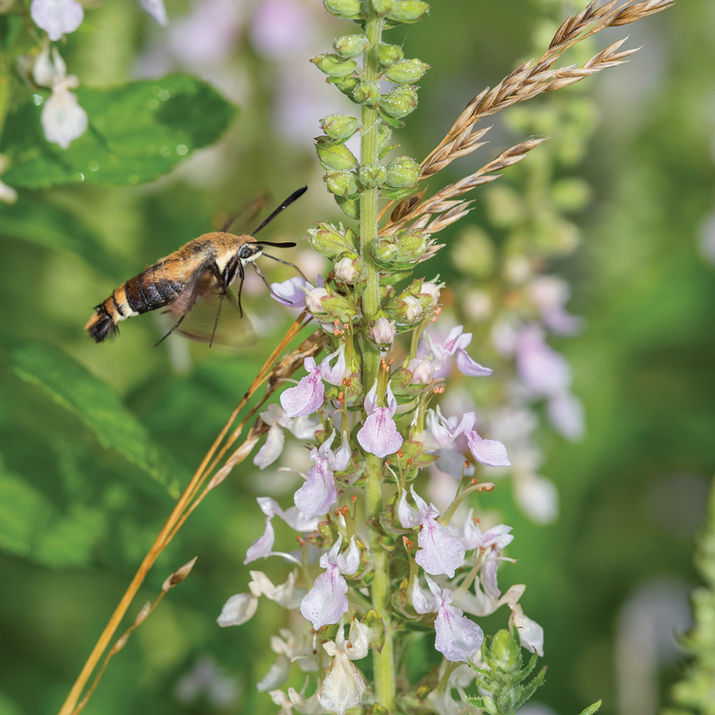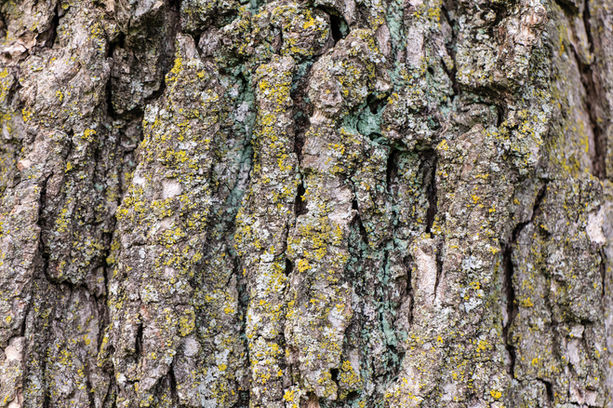Wildflowers and Trees
Wildflowers
How different each flowering plant…
How beneficial to insects and wildlife alike…
Each plant plays its part in the ecosystem, contributing
to critical habitats for pollinators. The unique beauty of
wildflowers paints the land with varied shades of color.
Each adds to the natural world, however, whenever,
wherever it appears.
Trees
Long ago, seeds from several species of trees sent down roots into the earth now part of Turkey Creek Preserve. Today, common trees such as oak, basswood, hackberry, ash, and Kentucky coffeetree grow singly or in groupings to enrich a landscape that stretches over hundreds of acres.
Turkey Creek Preserve offers an advantage to moisture loving trees such as willows. Fast growing, this type of tree aids in creating a varied wildlife habitat on the land. Birds use willows for shelter and for nesting. As one of the first plants to flower in the spring, willows provide food for bees and hummingbirds. Willows also filter toxins, decontaminating soil and water.
In the spring, the fan-shaped leaves of the bur oak create a canopy over roaming wild creatures. Red-tailed hawks, screech owls and squirrels nest in the branches.
In the fall, the oaks produce acorns that benefit squirrels, rabbits, mice, turkeys, deer, wood ducks, other birds and wildlife.
Drought tolerant, the bur oak’s thick, corky bark withstands prairie fires better than most trees and adapts to a wide range of soil conditions. The long life of this species of oak symbolizes the tough spirit of past prairies, spanning 200 to 300 years in general, but with some oaks documented between 400 to 500 years. As a testament to their longevity, one bur oak growing in Ponca State Park in Northeast Nebraska has been dated to 1644.

Bur Oak Savannas
Lofty bur oaks stand as examples of the dominant trees throughout the prairie regions. Considered by many to be the royalty of the Great Plains native hardwoods, bur oaks developed in open areas that offered more space for limb growth and less competition from species not as hardy. At Turkey Creek Preserve, towering forms of tough bur oak rise from low crests and gentle slopes. For hundreds of years, bur oaks trees have provided a direct connection to prairies of the past, yet today oak savannas are considered one of the most threatened plant communities in the Midwest and among the most threatened in the world.










